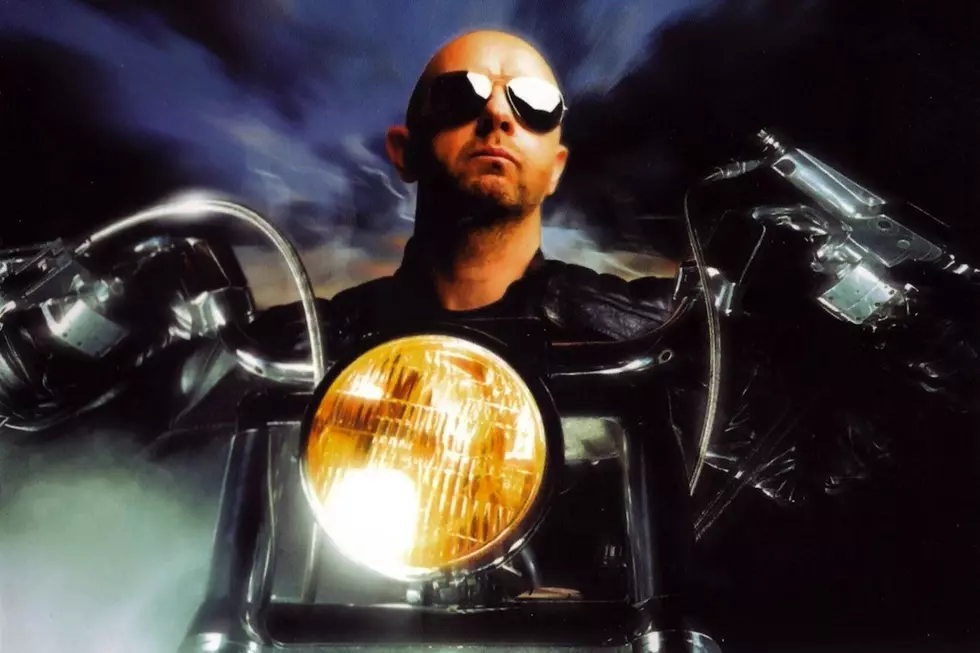
When Rob Halford Began His Metallic ‘Resurrection’
Musical careers, if they achieve any sort of longevity, are inevitably filled with ups and downs, wins and losses, detours, retreats and returns. Rob Halford provided another reminder of this maxim on Aug. 8, 2000 when the past and future Judas Priest singer began his Resurrection.
Fact is, many music fans probably thought of the '90s as Halford’s lost decade. But how can that be true when the legendary heavy metal frontman used that decade of experiment and self-discovery to find himself?
He did this most dramatically when he finally ended years of rumors by publicly acknowledging his homosexuality in a 1998 interview. Musically, he explored tangents with his aggro-metal band Fight and electronic music project 2wo before reaffirming his lifelong commitment to heavy metal.
His reinvigorated passion was on full display when his solo band, Halford, unveiled Resurrection, which he’d recorded with the help of producer Roy Z (fresh off his work on Bruce Dickinson’s solo LPs), guitarists Patrick Lachman (future Damageplan) and Mike Chlasciak, bassist Ray Riendeau, and drummer Bobby Jarzombeck (Riot, Fates Warning).
Listen to Rob Halford's 'Resurrection'
Together, these musicians delivered a string of steel-plated anthems with the utmost metal god authority. This included self-explanatory favorites like the title track, “Made in Hell,” “Silent Scream” and “Cyberworld,” as well as a duet for the ages between Halford and Dickinson on “The One You Love to Hate.”
It was quite a comeback. As Halford later recalled in an interview with radio.com, “[That] album was very important for me, and I think it did kind of heal some wounds that I didn’t deliberately inflict. I was genuinely enjoying myself (on the other projects). I believed in what we did and had fun with it. But I think I was able to really and truly understand how important Priest was in my life by being away from the band.”
Indeed, before too long, Halford would also heal his wounds with Judas Priest and return one of heavy metal’s charter acts to their former glory, which remains intact all these years later. Yet one has to wonder if any of that would have been possible without the necessary musical healing accomplished through Resurrection.
See Judas Priest Among the Top 50 Heavy Metal Albums
Why Building Judas Priest's Setlists Can Be 'Frustrating'
More From Ultimate Classic Rock









